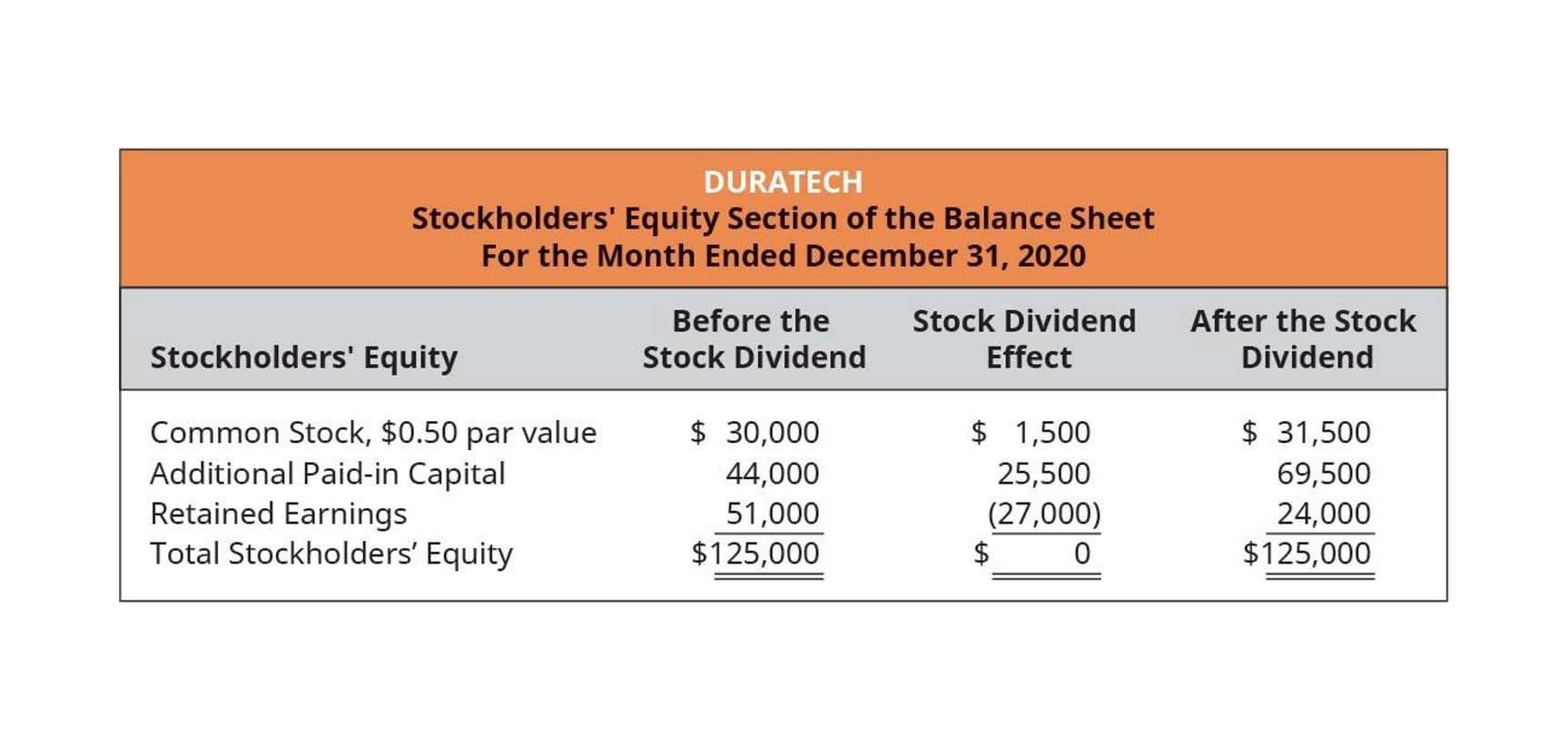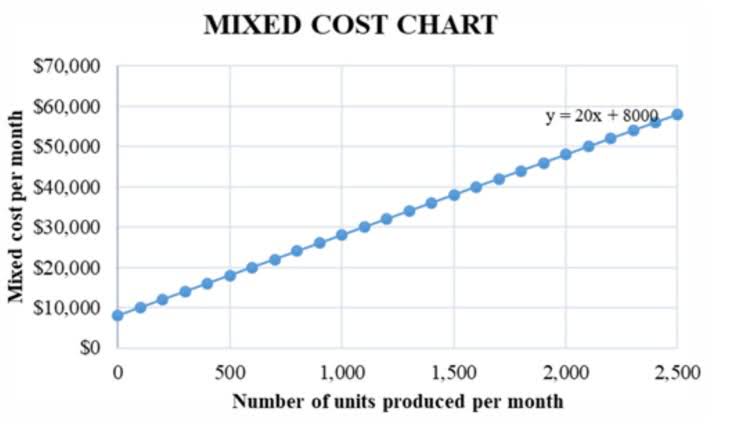
Retained earnings also act as an internal source of finance for most companies. Since the cash dividends were distributed, the corporation must debit the dividends payable account by $50,000, with the corresponding entry consisting of the $50,000 credit to the cash account. The process of calculating a company’s retained earnings in the current period initially starts with determining the prior period’s retained earnings balance (i.e., the beginning of the period). Managing retained earnings depends on many factors, including management’s plans for the business, shareholder expectations, the business stage and expectations about future market conditions. For example, a strong retained earnings track record can attract investment capital or potential buyers if you intend to sell your business. Managing retained earnings depends on many factors, including management’s plans for the business, shareholder expectations, the business stage, and expectations about future market conditions.

How to Find Retained Earnings on Balance Sheet

The balance between assets, liabilities, and equity is always zero, as the total value of a company’s assets is equal to the sum of its liabilities and equity. To calculate the profit or loss, you need to consider the net result of your business’s revenues and expenses. If your business has had a profitable period, the profit will be added to your retained earnings. If your business has incurred a loss, the loss will be subtracted from your retained earnings.

What Type of Account is Dividends Payable (Debit or Credit)?

Assets are what a company owns, such as cash, inventory, and property. The article mentions that cash is is retained earnings a current liability the most liquid asset, meaning it’s easily convertible to cash. InvestingPro offers detailed insights into companies’ Total Liabilities and Equity including sector benchmarks and competitor analysis. In KashFlow, the Balance Sheet is made up of Fixed Assets, Current Assets, Current Liabilities and Capital & Reserves.

Account
Dividends represent a company’s decision to distribute a portion of its earnings to shareholders, impacting financial statements and fiscal health. Understanding how dividends affect financial records is crucial for investors, accounting analysts, and accountants. Therefore, the dividends payable account – a current liability line item on the balance sheet – is recorded as a credit on the date of approval by the board of directors. Typically, financial statements include a statement summarizing how this account has changed in the current period. Net income (when revenue exceeds expenses) increases the earnings.
- Observing it over a period of time (for example, over five years) only indicates the trend of how much money a company is adding to retained earnings.
- The rest of the formula for retained earnings stays similar in this version.
- The company forgets to record revenue of $ 5,000, which means that last year’s revenue is understated.
- It is easier to understand what retained earnings are after defining them.
- Also known as the Profit and Loss report, this report subtracts expenses from revenue to determine the net profit of a business.
► Equity
Though the increase in the number of shares may not impact the company’s balance sheet, it decreases the per-share valuation, which is reflected in capital accounts, real estate cash flow thereby impacting the RE. The formula to calculate retained earnings encompasses those elements. Due to its definition, some people may confuse retained earnings for current liabilities or assets. However, retained earnings are an equity balance on the balance sheet.
However, these amounts only include profits not paid to shareholders in previous periods. The latter is also known as the ‘book value’, and is the difference between assets and liabilities; it represents what’s left after all of a company’s debts have been paid off. It’s also a pretty good reflection of how strong a company is financially. At the end of accounting period, the profit or loss from the income statement will move to the retained earning which is the equity component on the balance sheet.
